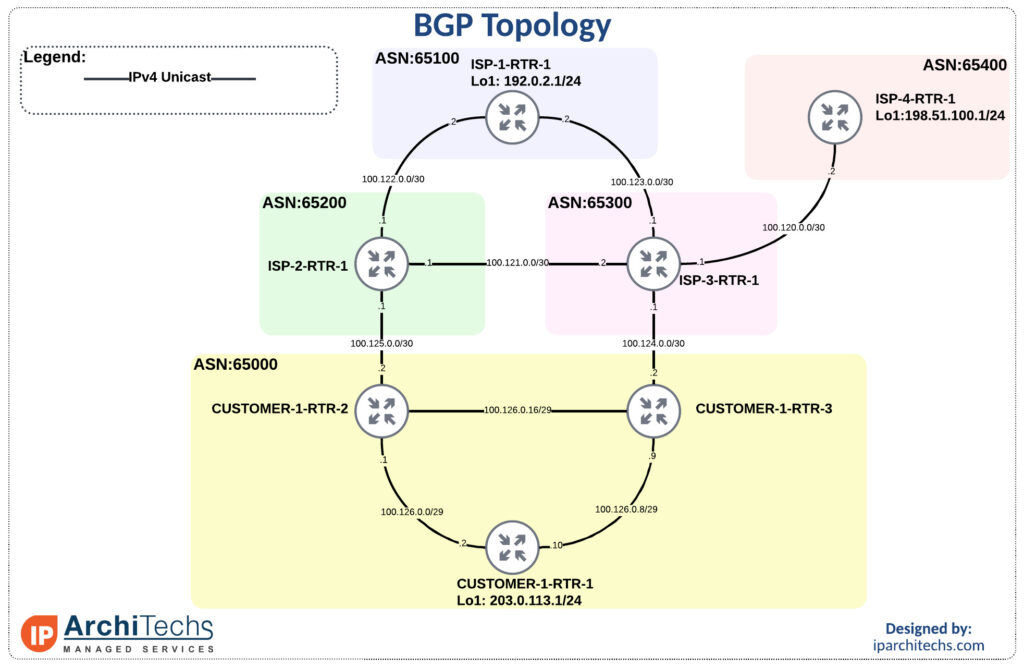I see some people have been asking what other people are thinking about Orhan Ergun’s CCIE Enterprise course, thus starting today to share what other people share about us on their blog posts as well. Not just on social media, but with these blog posts, because they are able to share more thoughts about us, I think it is very valuable feedback for everyone.
I would like to start with the website ‘ samovergre.com ‘.
He is our CCIE Enterprise student and you can find his CCIE study plan on this page. He is sharing feedback about our CCIE Enterprise training and other study materials he uses for his CCIE Enterprise study.
Why Orhan Ergun CCIE Enterprise Infrastructure Course?
One thing that was very important there was that He understand the uniqueness of our CCIE Enterprise Training. It is the design part.
Everyone can teach you how to configure routers or routing protocols, but a design mindset is a completely unique thing and for years, if you are a Network Engineer, probably you have heard about our CCDE training and its success too.
Now, we continue delivering our design knowledge and experience to our CCIE students as well and Continue reading




